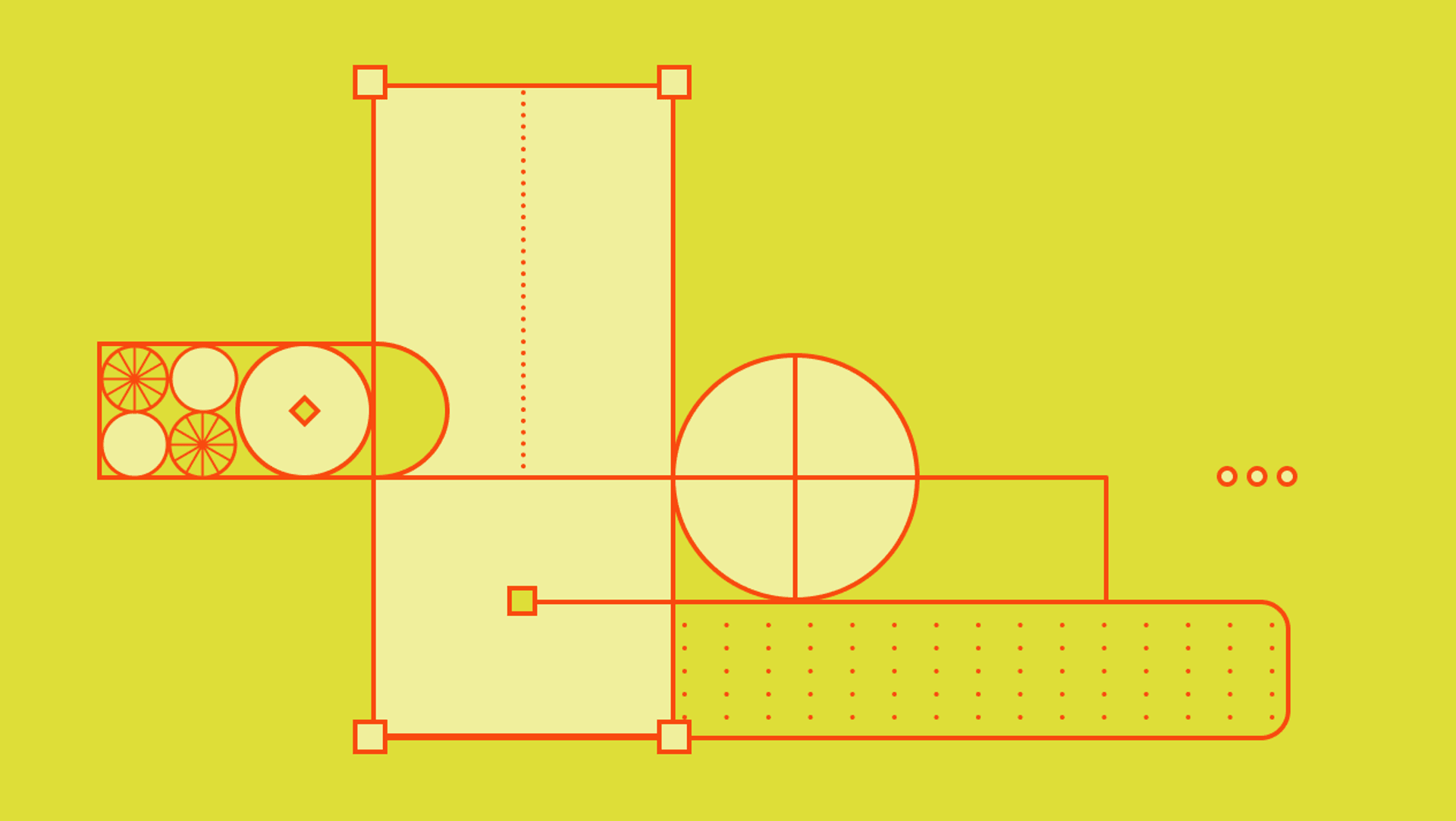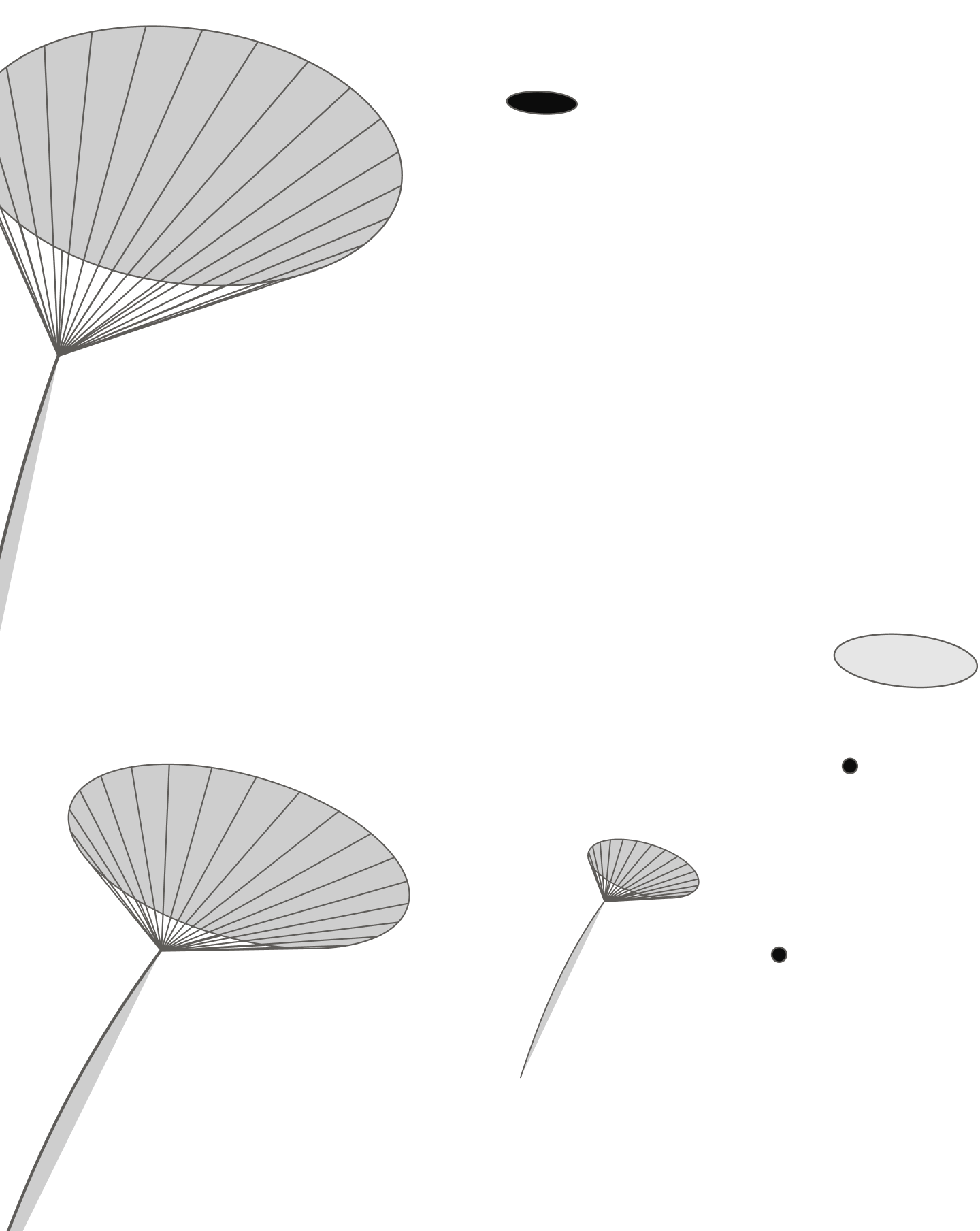A logo is tangible. It feels like a milestone. A moment of clarity you can point to and say: there, we figured it out.
That’s why teams anchor to it. It feels definitive.
But a logo isn’t clarity. It’s a signal that clarity already happened.
So when someone says, “What if we just update the logo?” and the room lights up—we get it. A visual change feels like progress. Like movement.
But when a brand isn’t landing the way it used to, or needs to, the problem usually isn’t what it looks like. It’s what it’s saying—or not saying. You can’t redesign your way out of confusion. You have to rewrite the story first.
This isn’t a design problem. It’s a clarity one.
When things feel fuzzy, teams often turn to visuals. But the truth is: if your story isn’t sharp, your design won’t be either.
So before you swap the logo, pause and ask:
- Are users confused or just uninspired?
- Does the brand reflect what we actually do now?
- Do people understand what we’re solving—and why it matters?
If not, that’s not a design issue. That’s a narrative one.
The trap: Mistaking polish for progress
Teams want to show change. Internally and externally. And the most visible lever is often the visual identity.
But when that change isn’t anchored in strategy, it doesn’t stick. Or worse—it muddies things even more.
Because good design doesn’t lead the story. It supports it.
A better way to evolve a brand:
- Start with the story. Who are you now? What changed? What’s essential to communicate?
- Clarify the offer. What are you solving? For whom? What makes your take different?
- Align your messaging. Make sure what’s on your site, in your decks, and said by your team all match.
- Then design. Let the visuals reflect and reinforce, not guess or fill in the gaps.
Logos are strategic artifacts. Not shiny objects.
The best logos aren’t picked from a pile of 75. They’re not mimicry. And they’re never the starting point.
They’re shorthand. The mark that emerges from clarity. From story. From a system that already knows what it’s about.
A great logo isn’t designed in isolation—it’s designed to fit inside a larger identity. It’s built to live alongside a full visual language: typography, color, composition, motion. It has to hold up in big and small spaces, in loud and quiet moments, in serious and expressive tones.
And it only works when all those elements are working together.
So if you’re headed toward a new logo, here’s what comes first:
- Get crystal clear on your core narrative. What’s the truth you need to make visible?
- Define your tone. Should it feel bold? Humble? Technical? Expansive?
- Establish the system. Type, layout, color, motion. What surrounds and supports the mark?
- Use design to express, not compensate. A logo doesn’t fix confusion. It reflects coherence.
When you do this right, you don’t need dozens of options. You need one that lands. One that tells the truth—fast.
Case in point: Forests, People, Climate

When we partnered with Forests, People, Climate (FPC), the goal wasn’t just to design a logo—it was to build a brand from the ground up that reflected the urgency and clarity of their mission.
Before the visuals, we started with the name. The organization needed something that could communicate purpose in an instant. “Forests, People, Climate” became both a name and a statement—a story embedded in three words.
From there, the visual identity came into focus: vibrant, clear, and rooted in motion. The logo didn’t need to do all the work, because the system around it—the color, the type, the message—was carrying that clarity too.
The result? A brand that could scale with their ambition. One that looked good because it made sense. One that earned attention by being unmistakably aligned with what they stand for.
You can see the full project here.

Your brand deserves holistic attention to detail. Every part of your organization—your messaging, design, product, even the way your team talks about the work—should feel like chapters from the same story. Because a great logo without a clear narrative will eventually fade into the background. It’ll become just a logo.
But a logo born from clarity? From story? That’s what turns a mark into a symbol. An icon. One that lasts—not because it’s flashy, but because it’s true.


